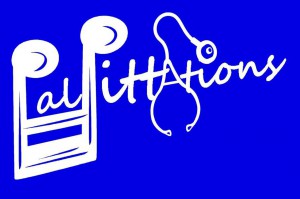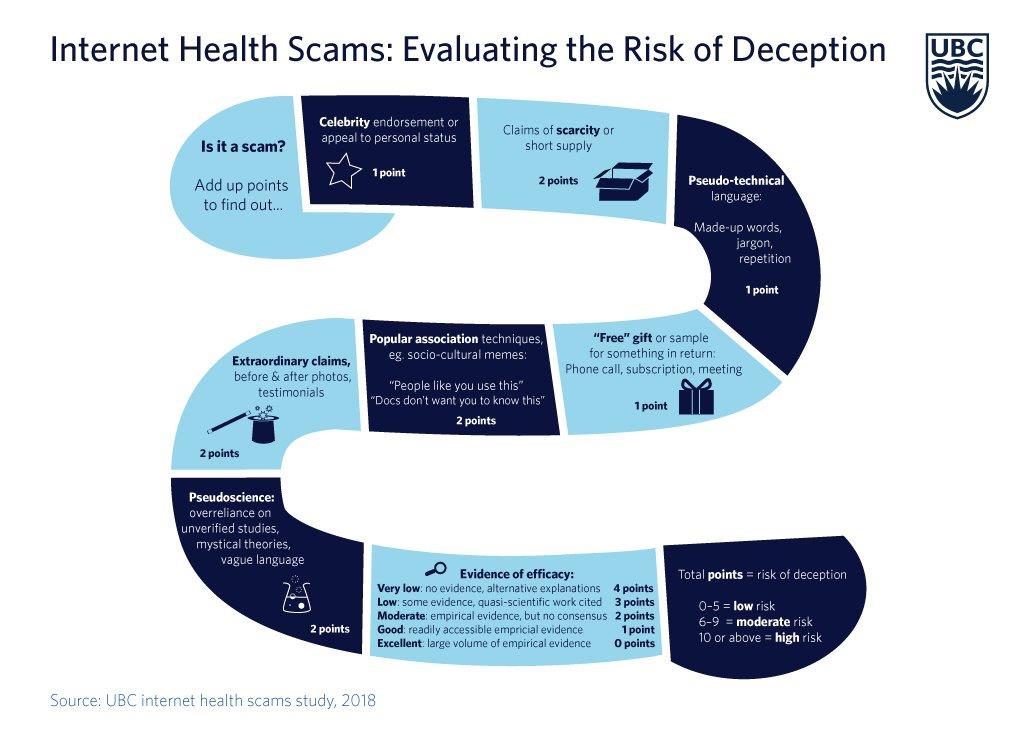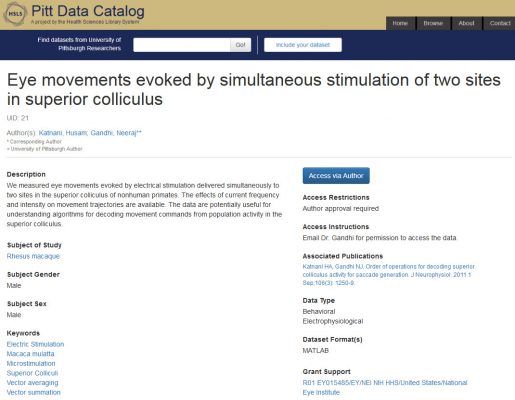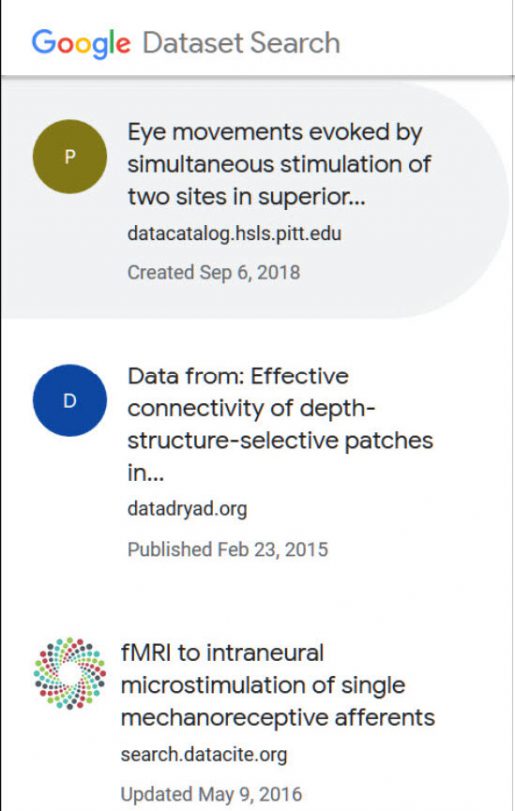
Scientists have to be disciplined to follow the rigors of research inquiry, experimentation, and investigation, as well as publishing requirements. Some thrive in the structured environment, while others may crave another outlet where they can practice freedom of expression. Since art can be a perfect counterbalance for the rigidity of their work, it comes as no surprise that many scientists choose to express themselves via artistic means.
Each year, Donna Stolz, associate professor of cell biology, and Jonathan Franks from the Center for Biologic Imaging (CBI), highlight the artistic side of research through Science as Art exhibits during the annual science and technology event at Pitt. For Science 2018, the curators re-envisioned the exhibit, inspired by Pitt structural biology researcher, Esra Bozkurt, who shared her idea to feature artwork of fellow Pitt scientists. They reached out to the University community, and the resulting exhibit presented works of 45 faculty and students from all Pitt schools of health sciences and various research departments.
HSLS is now hosting an encore of this exhibit in our rotating gallery space on the upper floor of Falk Library. We invited all artists to display their work at Falk Library for longer exposure to a wider University community. The positive response from the artists and the team at CBI prompted the Scientists as Artists Reprise exhibit, on display from December 3, 2018, through January 16, 2019, on Falk Library’s upper floor. More than 50 works including paintings, photography, sculpture, and more are on display. The bonus feature of the Scientists as Artists Reprise exhibit is that additional pieces, not seen prior at Science 2018, have been added. The exhibit is free and open to the public during regular library hours.
~Gosia Fort







